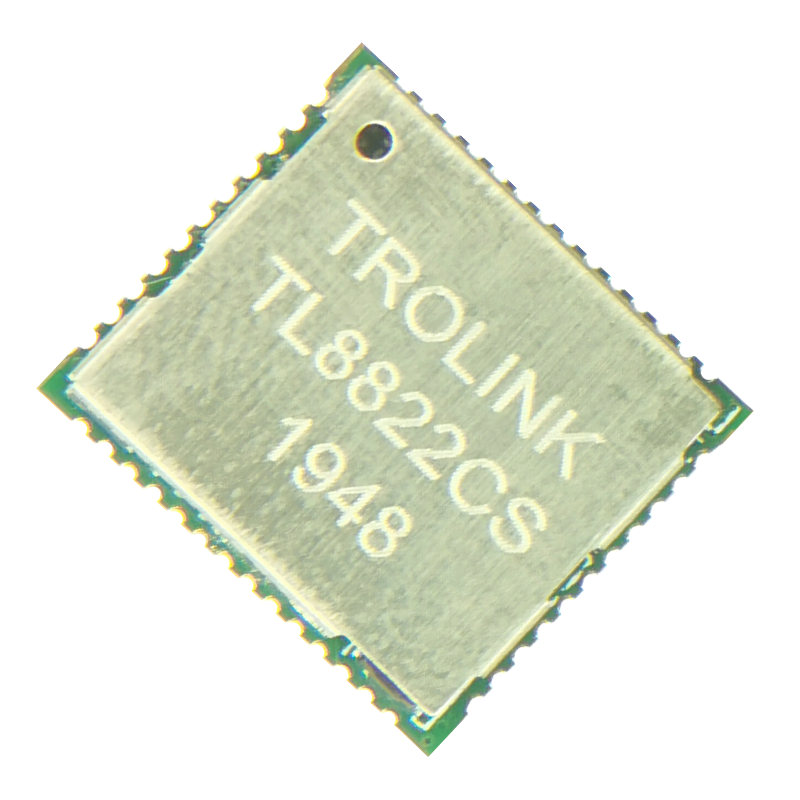Is Arduino a Wi-Fi module? While Arduino itself is not a dedicated Wi-Fi module, it can be used as a platform to enable Wi-Fi connectivity through various means. In this article, we will delve into the different options available for integrating Wi-Fi capabilities with Arduino and explore the potential applications.

Arduino can be paired with Wi-Fi shields or modules to enable wireless communication. Wi-Fi shields such as the ESP8266 or the Adafruit CC3000 connect to the Arduino board through standard interfaces like SPI or UART. These shields come with their software libraries, making it relatively easy to establish a Wi-Fi connection and utilize Wi-Fi features such as client mode, access point mode, and secure connections.
In addition to shields, breakout boards like the ESP32 and the ESP8266 offer Wi-Fi capabilities for Arduino. These boards can be connected to Arduino through serial communication and provide similar features to Wi-Fi shields. The advantage of breakout boards is their size and flexibility, allowing for easier integration with smaller projects. They often feature built-in antennas and support for advanced Wi-Fi functionality.
Arduino can also be integrated with Internet of Things (IoT) platforms, which provide cloud-based services for data management and remote control. Platforms such as Arduino IoT Cloud, Blynk, and Cayenne offer libraries and tools to connect Arduino boards with Wi-Fi connectivity to cloud servers. This enables control and monitoring of Arduino projects from anywhere with an internet connection, making it ideal for home automation, remote sensing, and other IoT applications.
Besides connecting to existing Wi-Fi networks, Arduino can also function as an access point itself. By utilizing Wi-Fi shields or breakout boards with access point capabilities, Arduino can create its own Wi-Fi network. This allows other devices to connect directly to Arduino and interact with it, eliminating the need for an external Wi-Fi network. This feature can be useful in scenarios where a direct connection is desired, such as local sensor networks or ad-hoc communication between devices.
In conclusion, while Arduino alone is not a Wi-Fi module, it can be paired with Wi-Fi shields, breakout boards, and IoT platforms to unleash its wireless capabilities. The integration of Arduino with Wi-Fi opens up a wide range of possibilities for remote control, data transmission, and IoT applications. Whether it's through Wi-Fi shields, breakout boards, or IoT platforms, Arduino proves to be a versatile platform for wireless connectivity.
 Trolink Joint With Tuya to Make Iot Benefit Every Family
Trolink Joint With Tuya to Make Iot Benefit Every Family
 5 Key Indicators for WiFi Module Selection You Have to Know !
5 Key Indicators for WiFi Module Selection You Have to Know !
 IOT module is the brain of smart products
IOT module is the brain of smart products
 What is the signal coverage range of the WiFi module chip?
What is the signal coverage range of the WiFi module chip?